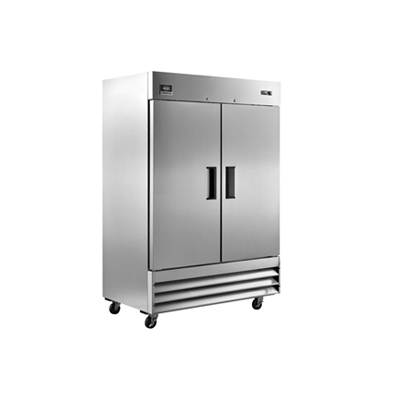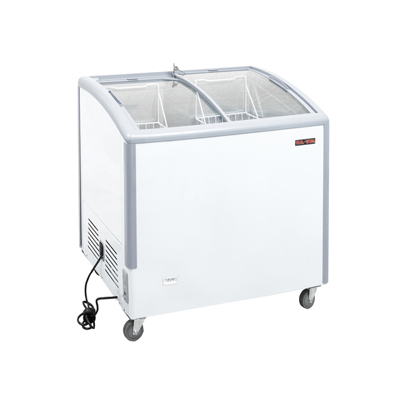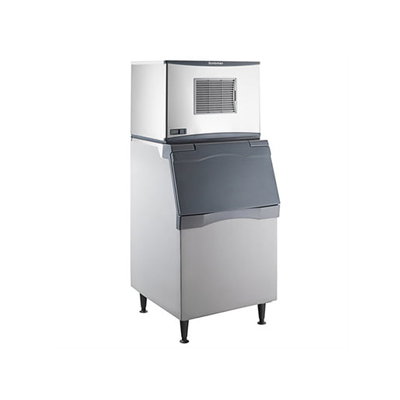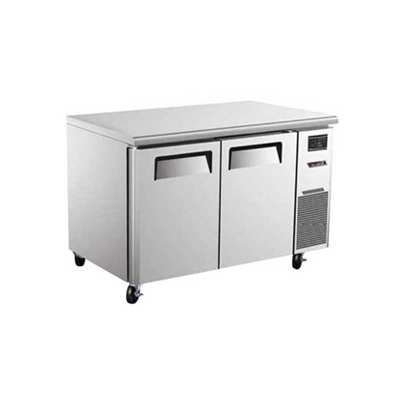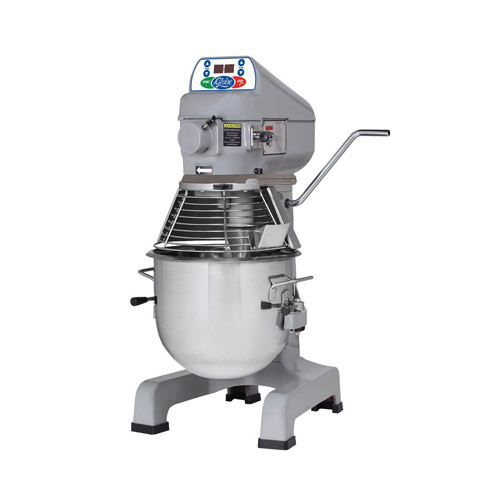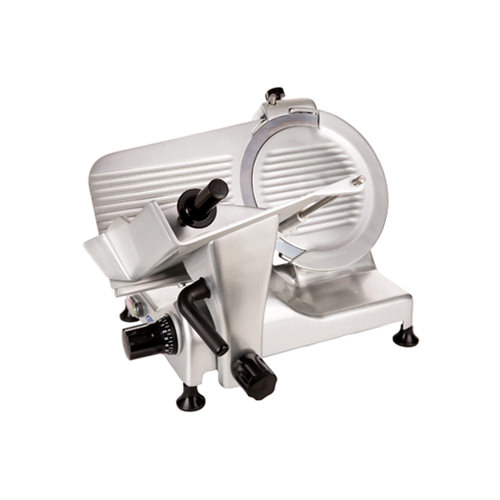Your Ultimate Guide to Choosing the Perfect Pizza Pan
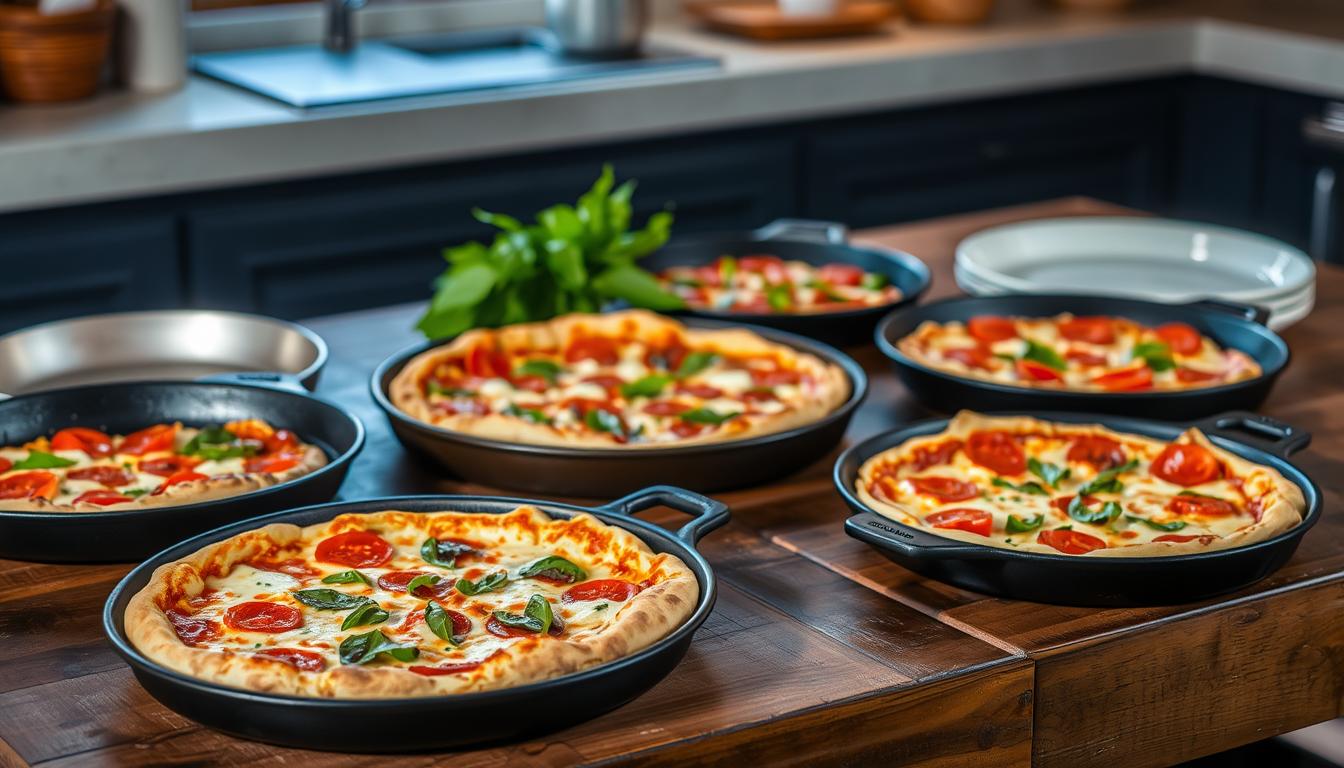
Did you know 81% of people eat pizza at least once a month? This shows a big demand for pizza. The global pizza market is expected to hit over $51 billion by 2026. Having the right equipment, like a good pizza pan, is key to making great pizzas.
A good pizza pan is essential for a crispy crust. We’ll look at different types of pizza pans, their materials, and features. This will help you choose the best pizza pan for your needs.
At Babak Food Equipment, we offer top-notch restaurant equipment solutions. We help simplify your business operations. Whether you need a premium quality pizza pan or want to upgrade, we’re here to help. Contact us to find the perfect pizza pan for your restaurant.
Choosing the right pizza pan can be tough with so many options. That’s why we’ve created this guide. We’ll cover material options, features, and sizes. This will help you make a smart choice and find the best pizza pan for your restaurant.
Why a Good Pizza Pan Matters for Your Bake
Choosing the right pizza pan is key to a perfect pizza. A good pan can give you a crispy crust, evenly cooked toppings, and great flavor. Think about the material and size of the pan, as they impact the crust’s texture and taste.
A non-stick pizza pan helps prevent the crust from sticking. This makes it easier to take the pizza out of the pan. A durable pizza pan can handle high heat and last long, making it a smart buy. An affordable pizza pan is good for those watching their budget, but quality matters too.
The Science Behind Pizza Crust Texture
The pan’s material and size influence the crust’s texture and taste. For instance, a pizza stone makes the crust crisper because it absorbs moisture. A cast iron pan, on the other hand, cooks the crust evenly, perfect for thin crusts.
Effects of Material on Baking Performance
When picking a pizza pan, consider these points:
- Material: Non-stick, cast iron, or stainless steel
- Size: 12-inch, 14-inch, or larger
- Thickness: Thicker pans keep heat better but are heavier
By choosing the right pizza pan, you can bake a perfect pizza every time.
Material Options for Pizza Pans
Choosing the right pizza pan is key. You need a professional pizza pan for a crispy crust and well-cooked toppings. Aluminum, cast iron, and steel are top choices. Each has its own benefits and drawbacks.
A top-rated pizza pan can change your baking game. Aluminum pans are light and heat up fast, great for thin crusts. Cast iron pans add a rustic taste and crispy crust. Steel pans are tough and handle high heat well, perfect for big kitchens.
Here are some key factors to consider when choosing a pizza pan material:
- Heat conductivity: Aluminum and steel pans heat up well, while cast iron keeps heat longer.
- Durability: Steel pans last longer than aluminum but need seasoning to avoid rust.
- Non-stick properties: Some pans have a non-stick coating for easy food release and cleaning.
A versatile pizza pan works for pizzas, breads, and roasted veggies. Think about your cooking habits and pick a material that fits. The right pizza pan makes cooking easy and fun.

Sizes and Shapes of Pizza Pans
Choosing the right pizza pan is key. Size and shape matter a lot. Round pans are best for traditional pizzas, while square pans work great for deep-dish. For more info on pizza ovens, check out pizza oven guides.
A non-stick pizza pan helps prevent sticking. But, the pan’s size is also important. Standard sizes like 12 inches and 14 inches are good for most pizzas. Specialty pans, like deep-dish and Sicilian-style, can spice up your menu.

- Size: Pick a pan big enough for your pizza but easy to handle.
- Shape: Round pans are ideal for traditional pizzas, and square pans are best for deep-dish.
- Material: Non-stick pans prevent sticking, but cast iron or steel pans work well too.
In conclusion, the size and shape of your pizza pan are key. By picking the right pan, you can make delicious pizzas with a crispy crust and tasty toppings.
| Pan Size | Pan Shape | Pan Material |
|---|---|---|
| 12 inches | Round | Non-stick |
| 14 inches | Square | Cast Iron |
| 16 inches | Round | Steel |
Features to Look for in a Pizza Pan
When picking a pizza pan, think about a few key things. You need one that’s tough, easy to use, and makes a great crust. A durable pizza pan can handle high heat and lots of use. It’s a smart buy for anyone who loves pizza.
An affordable pizza pan is also a good choice for those watching their budget. It doesn’t have to be cheap to be good.
A professional pizza pan should also have a non-stick coating, holes for air, and a good handle. These details can really help your pizza turn out right. For instance, a non-stick coating stops the pizza from sticking. Holes let air in for a better crust.
Some key features to look for are:
- Non-stick coatings for easy food release
- Perforation for improved air circulation and crust texture
- Handle design for easy handling and safety
Looking at these features can help you find the perfect pizza pan. It doesn’t matter if you’re a pro chef or just cooking at home. A good pizza pan is a must-have. Check out Centerline for top-notch refrigeration gear to keep your food fresh.
| Pizza Pan Feature | Description |
|---|---|
| Non-stick coating | Prevents food from sticking to the pan |
| Perforation | Improves air circulation and crust texture |
| Handle design | Ensures easy handling and safety |
How to Properly Care for Your Pizza Pan
As a pizza lover, you want your pizza pan to last long. Taking good care of it can make it last longer. Cleaning it often stops residue and bacteria buildup, which can harm the pan.
When cleaning your pizza pan, remember a few things. Don’t use Caustic Soda cleaners on anodized pans because they can remove coatings. Some pans, like Silver Anodized and Hard Coat Anodized Aluminium, shouldn’t go in the dishwasher. But, vitreous enamel pans are okay for the dishwasher.
Here are some tips for cleaning and keeping your pizza pan in top shape:
- Avoid using abrasive cleaners or scourers, as they can damage the pan’s surface.
- For stubborn stains, try soaking the pan in a solution of water and a teaspoon of household bleach.
- Immediately dry your pan after washing to prevent a whitish film from forming, which is common in hard water areas.
By following these tips, you can keep your pizza pan in great condition. This ensures it continues to perform well. Whether you have a non-stick or traditional pizza pan, proper care is key to its longevity.

Remember, a well-maintained pizza pan is vital for making delicious pizzas. With the right care, your pizza pan will stay in top shape. You’ll enjoy perfectly cooked pizzas for many years.
| Pizza Pan Type | Cleaning Method |
|---|---|
| Vitreous Enamel | Dishwasher safe |
| Silver Anodized | Hand wash only |
| Hard Coat Anodized | Hand wash only |
Popular Brands for Pizza Pans
Choosing a pizza pan involves looking at the brand and price. You want a professional pizza pan that fits your cooking style and budget. Brands like KitchenAid offer top-notch pans with features like non-stick coatings and strong build.
Other well-known brands include LloydPans, Chicago Metallic, and Winco. They have a variety of versatile pizza pan options. LloydPans, for instance, makes deep dish pans starting at about $40. Their pans are durable and distribute heat evenly, perfect for both home and professional use.

There are many brands to choose from, fitting different cooking styles and budgets. Important features to look for include non-stick surfaces, materials that resist dents, and oven safety. By focusing on these, you can improve your pizza-making skills and get great results.
Here are some common price ranges for pizza pans:
- Under $25
- $25 to $50
- $50 to $100
- $100 to $200
- $200 and above
The ideal pizza pan for you depends on your needs and preferences. By examining brand, price, and features, you can find a professional pizza pan for perfect pizzas every time.
Best Budget-Friendly Pizza Pans
Choosing a pizza pan doesn’t have to cost a lot. There are many affordable options that are both good quality and value. Look for features like non-stick coatings and durable construction that matter to you.
A durable pizza pan is key for handling high heat and frequent use. Search for brands that offer affordable, long-lasting pans. Compare prices and features to find the best deal. For example, the Goodcook Nonstick Pizza Pan is about $5 and has a 12-inch diameter. The KitchenAid Nonstick Aluminized Steel Pizza Crisper is 14 inches and safe up to 450 degrees.
When looking for a budget-friendly pizza pan, consider these features:
- Affordable price point
- Durable construction
- Non-stick coating for easy food release
- Easy to clean and maintain
Brands like Goodcook, KitchenAid, and Lloyd Pans offer affordable options. They cater to different budgets and needs. By researching, you can find the ideal affordable pizza pan for your pizza-making.
| Pizza Pan | Price | Diameter | Oven-Safe Temperature |
|---|---|---|---|
| Goodcook Nonstick Pizza Pan | Approximately $5 | 12 inches | 450 degrees |
| KitchenAid Nonstick Aluminized Steel Pizza Crisper | Varies | 14 inches | 450 degrees |
| Lloyd Pans Chicago Style Pizza Pan | Varies | Varies | 700 degrees |
Specialty Pizza Pans Worth Considering
Choosing the right pan for pizza can really make a difference. A premium quality pizza pan helps get a crispy crust and well-cooked toppings. Specialty pans like stone baking pans or cast iron pizza pans are worth trying.
Stone baking pans give a crispy crust and a smoky taste. Cast iron pans offer a rustic, crispy crust. These pans can add new recipes and cooking styles to your kitchen.
Stone Baking Pans: Pros and Cons
- Pros: crispy crust, smoky flavor, easy to clean
- Cons: may require preheating, can be heavy
Cast Iron Pizza Pans: A Trend Worth Trying
Cast iron pizza pans are also a good choice. They give a crispy crust and rustic flavor. They’re also durable. When picking a best pizza pan, think about the material, size, and shape that suits your cooking style.
In conclusion, specialty pizza pans can make your cooking better. They offer delicious and visually appealing results. By weighing the pros and cons, you can pick the best pan for you.
| Pan Type | Pros | Cons |
|---|---|---|
| Stone Baking Pan | Crispy crust, smoky flavor | May require preheating, can be heavy |
| Cast Iron Pizza Pan | Crispy crust, rustic flavor, durable | Can be heavy, may require seasoning |
Pizza Pan Use Beyond Making Pizza
Exploring pizza pans reveals they’re more than just for pizza. They’re great for roasting veggies, baking bread, and even making desserts. Use your pizza pan to get creative with leftovers and try new recipes.
A top-rated pizza pan is not just for pizza. It’s a key tool in your kitchen. Its even heat and non-stick surface make it perfect for many dishes. Here are some ideas to start with:
- Roasted vegetables: Toss your favorite veggies with olive oil, salt, and pepper. Roast them in your pizza pan.
- Bread: Bake crispy bread in your pizza pan. It’s great with soups or stews.
- Desserts: Yes, you can make delicious desserts like cookies or brownies in your pizza pan!
Don’t be afraid to try new recipes with your pizza pan. Its versatility and ease of use will surprise you. Whether you’re a pro or a beginner, a pizza pan is a must-have in your kitchen.
| Dish | Ingredients | Cooking Time |
|---|---|---|
| Roasted Vegetables | Vegetables, olive oil, salt, pepper | 20-30 minutes |
| Bread | Flour, yeast, water, salt | 30-40 minutes |
| Desserts | Flour, sugar, eggs, butter | 20-30 minutes |
Final Thoughts: Elevate Your Pizza Game
As you look for the perfect pizza pan, remember the right one can make a big difference. Whether you’re experienced or just starting, choosing a premium quality pizza pan is essential. It helps you make pizzas that taste great every time.
Think about what you want in a pizza pan. Consider the material, design, and features that are important to you. A best pizza pan will improve your pizza-making skills. You’ll impress everyone with your delicious pizzas.
Having the right kitchen tools opens up a world of possibilities. Start experimenting and let your creativity flow. The real fun of making pizza is in the process, the smell, and sharing your creations with others.


